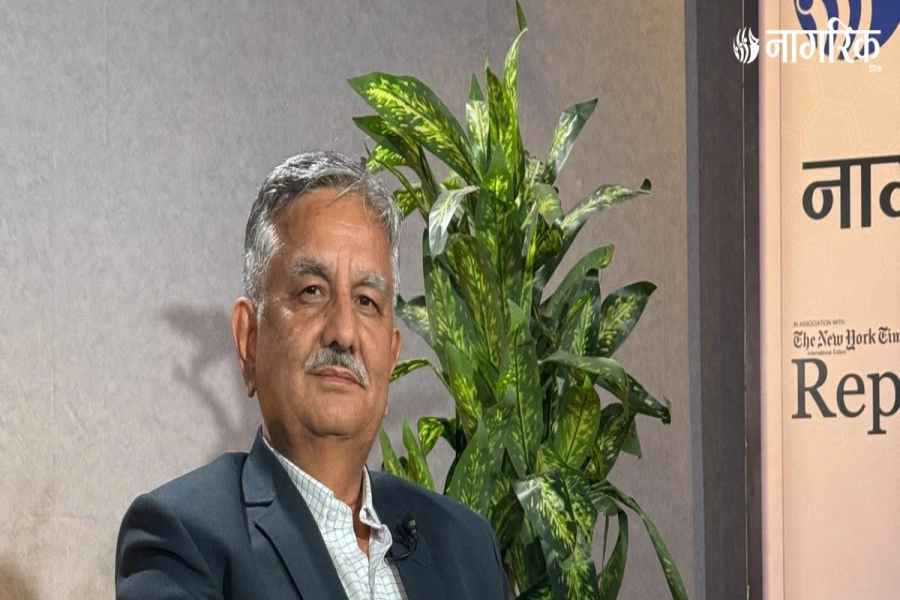KATHMANDU, Oct 3: The World Bank has projected Nepal's economic growth rate at 3.9 percent in 2024. In its latest semi-annual report titled 'Nepal Development Update: Restoring Export Competitiveness,' the World Bank predicts that Nepal's economy will experience a growth rate of 3.9 percent in the year 2024. This optimistic projection is attributed to the removal of import restrictions, a resurgence of enthusiasm in the tourism sector, and a gradual increase in monetary policy measures.
Moreover, the report, released on Tuesday, also anticipates that Nepal's economy will continue to expand, reaching a growth rate of 5 percent by 2025. However, it underscores potential risks such as disruptions in agricultural production due to irregular rainfall, price hikes resulting from India's export restrictions, recent increases in consumer goods prices, and the need for careful management of domestic debt expenses, alongside a potential slowdown in growth.
The report also examines various factors affecting Nepal's external competitiveness. It notes that in 2023, Nepal's gross exports accounted for only 6.9 percent of the nation's GDP, which is significantly lower than the average for middle-income countries in South Asia. The analysis attributes this low export performance to factors such as low labor productivity and exchange rate appreciation. It highlights that Nepal's labor productivity in agriculture, industry, and services lags behind comparable countries and its primary trading partner, India.
Revised interest rate corridor system introduced

"Despite these challenges, Nepal remains committed to its long-term economic recovery through green, sustainable, and inclusive development policies," remarked Faris H Haddad-Jervos, World Bank Country Director for Nepal, Sri Lanka, and the Maldives. "Enhancing external competitiveness is a key driver for success in export markets, necessitating a strong focus on reforms to boost domestic production and narrow the inflation gap with Nepal's trading partners."
The Nepal Development Report, released as part of the 'South Asia Development Updates Towards Faster, Cleaner Growth,' predicts a growth rate of 5.8 percent for the region, higher than other developing areas. However, it falls short of pre-pandemic levels and regional development goals. The report highlights risks associated with the fragile financial situation in the region, with South Asian countries' national debt averaging 86 percent of GDP in 2022, raising concerns about bankruptcy, increased debt costs, and reduced private sector confidence. Additionally, factors like China's economic slowdown and climate change-induced natural disasters pose threats to regional growth prospects.
Given the economic challenges, governments in the region have faced limitations in supporting the energy sector transition fully. Nevertheless, the report suggests that by mobilizing various organizations to increase investment, reduce air pollution, and decrease reliance on fuel imports, the energy transition can offer opportunities for future economic growth and job creation. Despite financial constraints, countries can encourage the adoption of energy-efficient technologies through market-based regulations, information campaigns, improved access to finance, and reliable electricity grids.
Franziska Ohnsorge, World Bank Chief Economist for South Asia, highlighted, "Although South Asia possesses double the global average energy production capacity, it has lagged behind in adopting advanced energy-efficient technologies. This presents an opportunity for economic and environmental progress."
Furthermore, the energy transition could significantly impact the South Asian labor market, particularly in highly polluted areas where one in ten workers is employed. These sectors primarily consist of unskilled and informal workers who are vulnerable to labor market changes. The report recommends protective policies, including quality education and training opportunities, financial access, labor mobility facilitation, and strengthened social safety nets to support workers in transitioning industries.


















-1200x560-1764836409.webp)





















